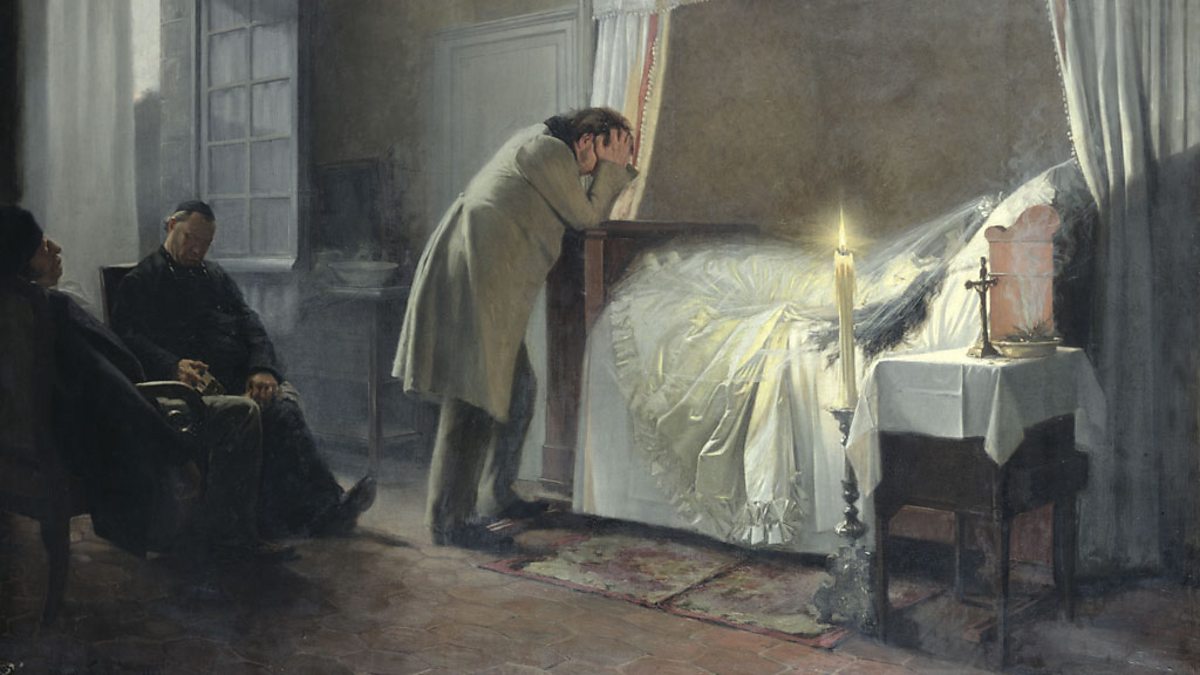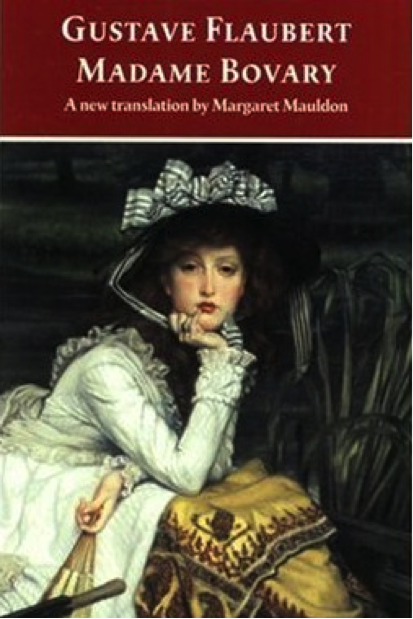

The epitome of mid-nineteenth-century realism and a curiously anachronistic Madame Bovary’s position as simultaneously No Marcel Proust in France, no James Joyce in Ireland’.5Īs I will show, Flaubert’s defence lawyer would advance an argument whichįoregrounded the novel’s modernist style.

Influence on Franz Kafka, and speculates that: ‘without Flaubert there would be Modernist novel: in his lectures Vladimir Nabokov identifies Flaubert as a key Signposting – looks forward to the turn towards interiority characteristic of the The thoughts and impressions of the characters and of the narrator without any Indirect libre – a mode of storytelling whereby the narrative viewpoint shifts between Its high priests’.3 He wanted Madame Bovary to be ‘dependent on nothing external’Īnd for it to be ‘held together by the internal strength of its style’.4 The novel’sįocus on style over content and its textual independence from ‘external’ reality

Has suggested that realism should be understood as a representation that ‘turnsĬrucially on its visuality’.2 As we will see, the critique of the visuality of realistįiction formed the crux of the prosecution’s argument in the trial.įlaubert himself was strongly averse to being labelled a ‘realist’ writer: ‘IĮxecrate what is commonly called “realism”, even though I’m regarded as one of The parallels between realist fiction and art are so strong that Peter Brooks Realist fiction was frequently compared with paintings in the mid-nineteenthĬentury. Personal exchanges between artists and writers were frequent similar subjectsįrom the less aristocratic walks of life recurred in the novel and the visual arts, and Literature and visual art are closely related in French realism: intellectual and Representation of ordinary people and experiences, a commitment to truthfulĭepictions of reality and an interest in the immediate and the transitory over the Master of realism, an artistic vision characterised by a resolute focus on contemporaneity, a turn away from classical models and high personages in favour of the

Flaubert was admired by some of his contemporaries as the This duality would play an important role in the obscenity trial of 1857, which took place because of the novel’sĪlleged lasciviousness. It is both a quintessential nineteenth-century ‘realist’ novel and a precursor of theĮarly twentieth-century ‘modernist’ novel. Flaubert’s Madame Bovary occupies a central place in the history of modern fiction


 0 kommentar(er)
0 kommentar(er)
